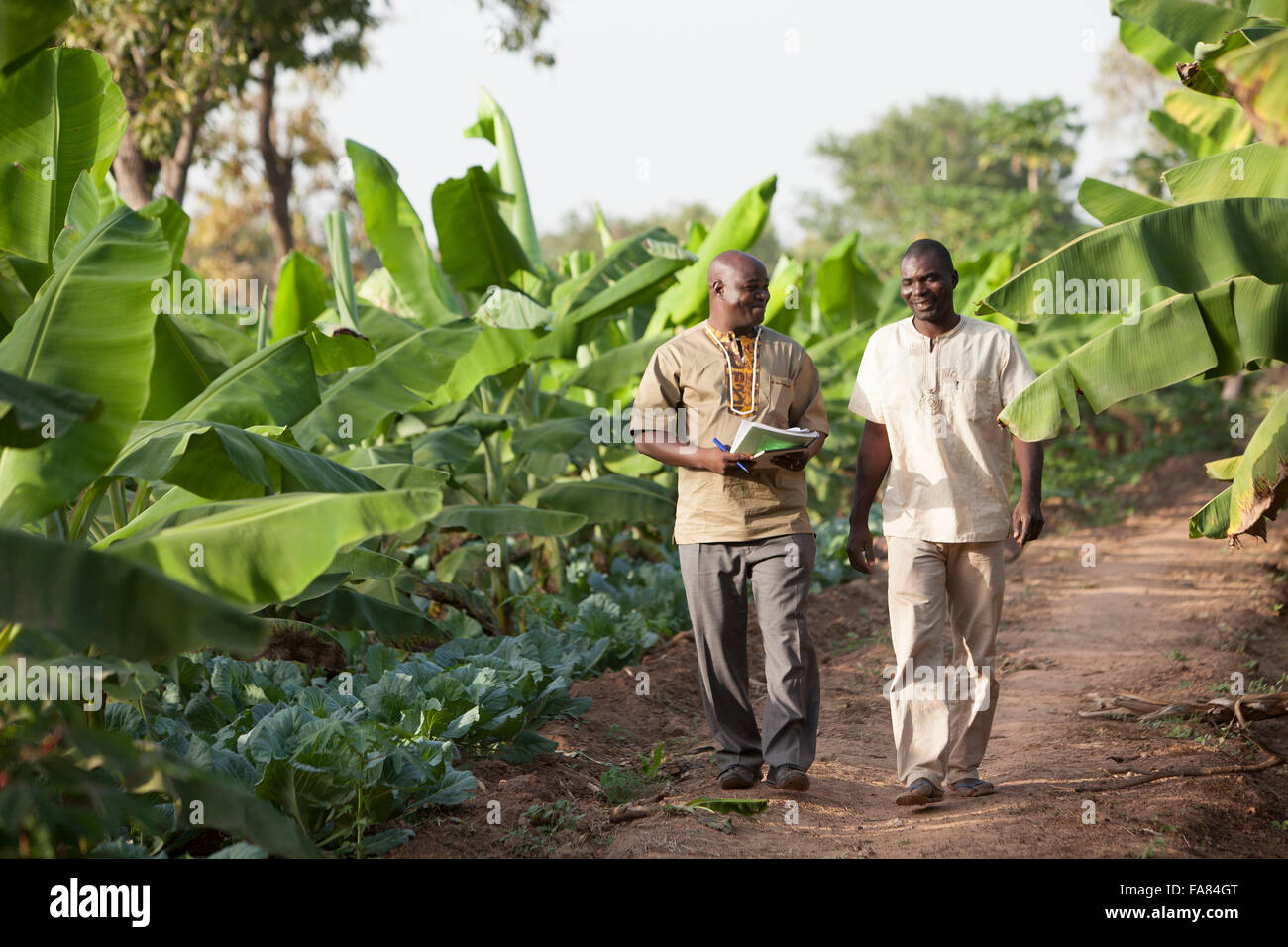Exploring the Secret Distinctions In Between Commercial Farming vs Subsistence Farming
Exploring the Secret Distinctions In Between Commercial Farming vs Subsistence Farming
Blog Article
Checking Out the Differences Between Commercial Farming and Subsistence Farming Practices
The dichotomy between commercial and subsistence farming practices is marked by differing purposes, functional scales, and resource use, each with extensive ramifications for both the atmosphere and society. Conversely, subsistence farming stresses self-sufficiency, leveraging standard techniques to sustain house requirements while nurturing neighborhood bonds and social heritage.
Economic Goals
Financial goals in farming techniques commonly dictate the approaches and scale of procedures. In commercial farming, the main economic goal is to optimize profit. This needs an emphasis on effectiveness and performance, accomplished via sophisticated modern technologies, high-yield crop selections, and comprehensive usage of pesticides and fertilizers. Farmers in this model are driven by market demands, aiming to generate big quantities of assets to buy in national and worldwide markets. The focus is on accomplishing economic situations of range, guaranteeing that the expense each result is reduced, consequently raising profitability.
In contrast, subsistence farming is predominantly oriented in the direction of fulfilling the instant requirements of the farmer's family, with excess manufacturing being very little - commercial farming vs subsistence farming. While commercial farming is profit-driven, subsistence farming is focused around sustainability and strength, showing an essentially different collection of financial imperatives.

Range of Procedures
The difference between commercial and subsistence farming comes to be especially evident when taking into consideration the range of operations. Business farming is defined by its large-scale nature, often encompassing extensive systems of land and utilizing advanced equipment. These procedures are normally integrated right into worldwide supply chains, producing substantial quantities of plants or livestock planned offer for sale in worldwide and domestic markets. The range of business farming enables economic situations of scale, causing decreased prices each with mass manufacturing, enhanced performance, and the ability to purchase technological advancements.
In raw comparison, subsistence farming is generally small-scale, focusing on producing just enough food to meet the immediate requirements of the farmer's household or regional neighborhood. The acreage associated with subsistence farming is usually minimal, with much less accessibility to modern-day innovation or automation. This smaller sized scale of operations reflects a reliance on traditional farming techniques, such as manual labor and basic tools, resulting in lower productivity. Subsistence farms focus on sustainability and self-sufficiency over earnings, with any type of surplus usually traded or bartered within local markets.
Resource Utilization
Industrial farming, identified by large-scale operations, usually employs sophisticated modern technologies and mechanization to enhance the usage of sources such as land, water, and fertilizers. Precision farming is significantly adopted in commercial farming, using information analytics and satellite technology to keep track of crop health and wellness and maximize resource application, further enhancing return and source performance.
In comparison, subsistence farming operates on a much smaller range, mostly to satisfy the immediate demands of the farmer's family. Resource utilization in subsistence farming is often restricted by monetary constraints and a dependence on standard methods.
Ecological Effect

Alternatively, subsistence farming, practiced on a smaller range, generally employs conventional methods that are much more in harmony with the surrounding environment. While subsistence farming generally has a lower environmental footprint, it is not without obstacles.
Social and Cultural Implications
Farming practices are deeply intertwined with the cultural and social fabric of neighborhoods, influencing and reflecting their worths, practices, and financial structures. In subsistence farming, the emphasis is on growing adequate food to fulfill the instant requirements of the farmer's family, often cultivating a solid sense of community and shared duty. their website Such techniques are deeply rooted in regional customs, with knowledge gave through generations, consequently preserving social heritage and enhancing public ties.
Alternatively, commercial farming is mainly driven by market needs and productivity, commonly leading to a change towards monocultures and large-scale procedures. This approach can bring about the erosion of traditional farming methods and cultural identifications, as local personalizeds and knowledge are replaced by standardized, commercial methods. Moreover, the concentrate on performance and profit can often diminish the social communication located in subsistence neighborhoods, as financial transactions replace community-based exchanges.
The duality in between these farming practices highlights the wider social effects of farming choices. While subsistence farming sustains social connection and community interdependence, business farming aligns with globalization and economic growth, usually at the cost of standard social frameworks and multiculturalism. commercial farming vs subsistence farming. Balancing these elements stays a critical challenge for sustainable agricultural advancement
Verdict
The evaluation of industrial and subsistence farming methods exposes significant differences in purposes, range, resource use, ecological impact, and social effects. On the other hand, subsistence farming highlights self-sufficiency, using local resources and typical techniques, thus promoting social conservation and neighborhood communication.
The duality between commercial and subsistence farming techniques is noted by differing purposes, functional you can try these out scales, and source use, each with profound effects for both the atmosphere and culture. While industrial farming is profit-driven, subsistence farming is focused around sustainability and durability, reflecting an essentially different collection of economic imperatives.
The difference between industrial and subsistence farming becomes specifically apparent when considering the range of procedures. While subsistence farming supports social continuity and area interdependence, industrial farming aligns with globalization and financial development, frequently at the price of conventional social frameworks and cultural variety.The evaluation of business and subsistence farming practices exposes significant differences in purposes, scale, source usage, environmental influence, see this site and social implications.
Report this page